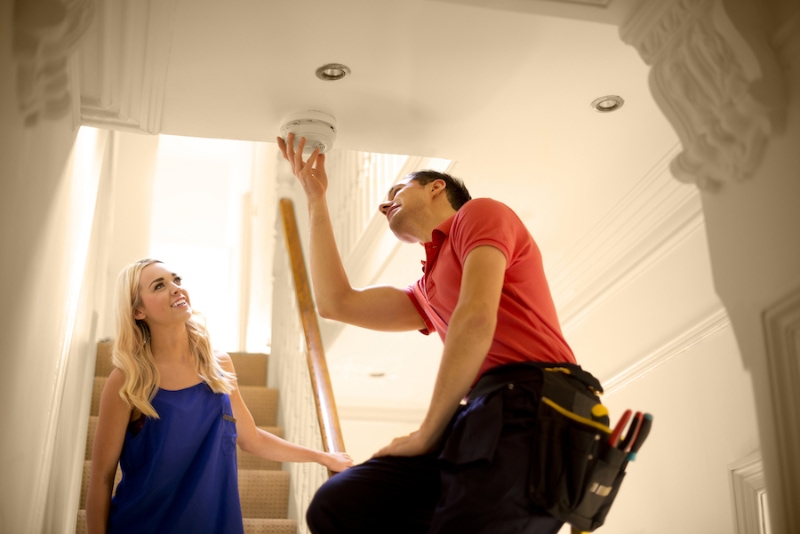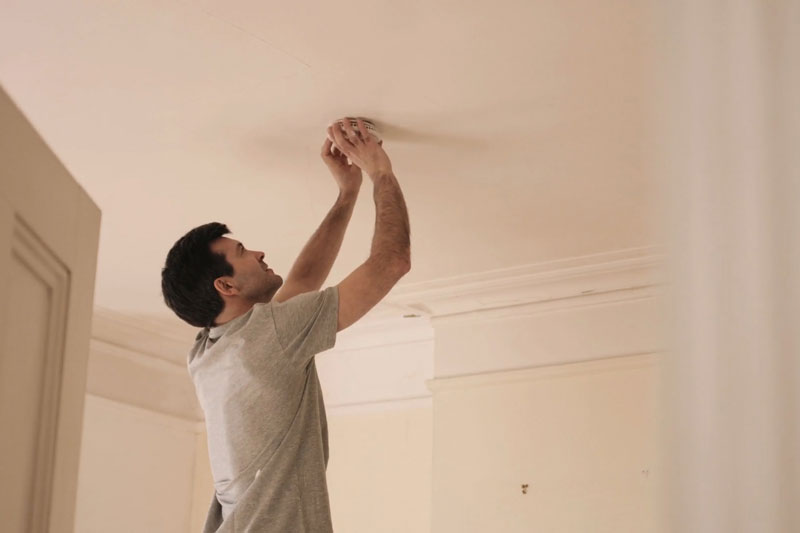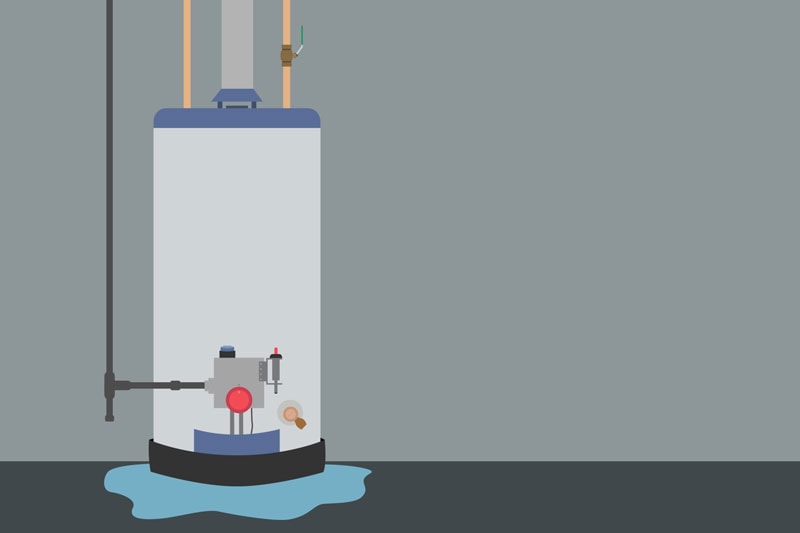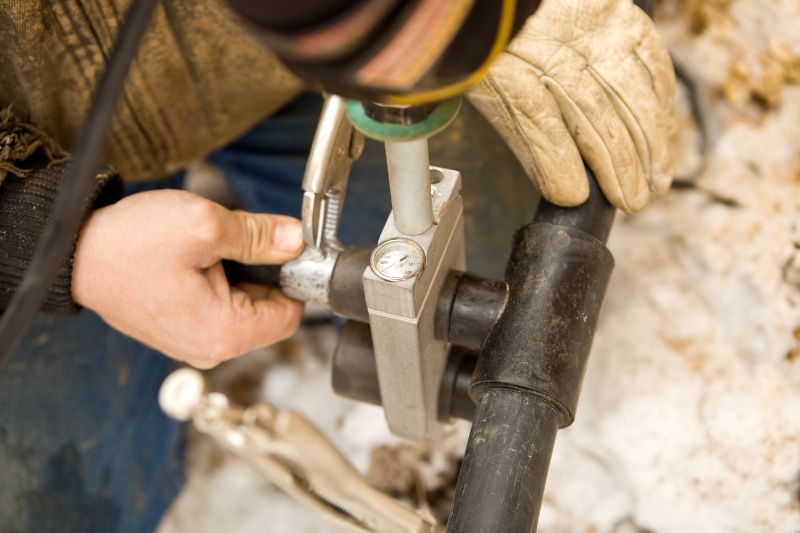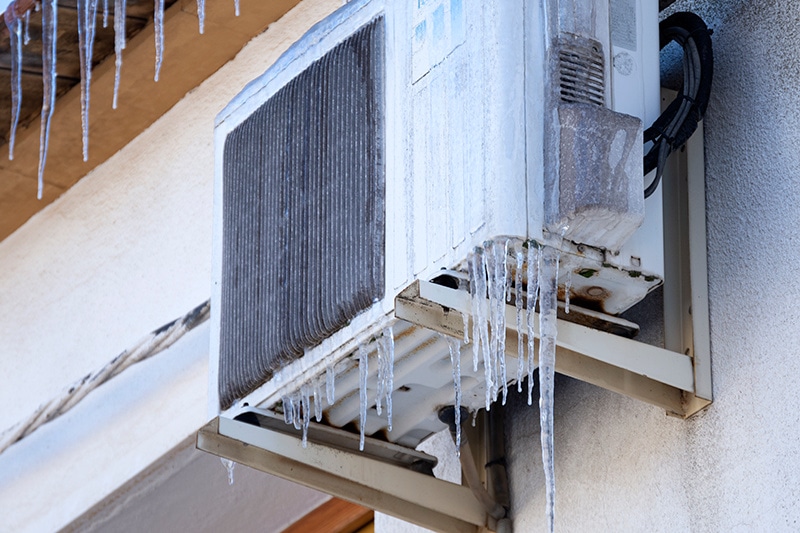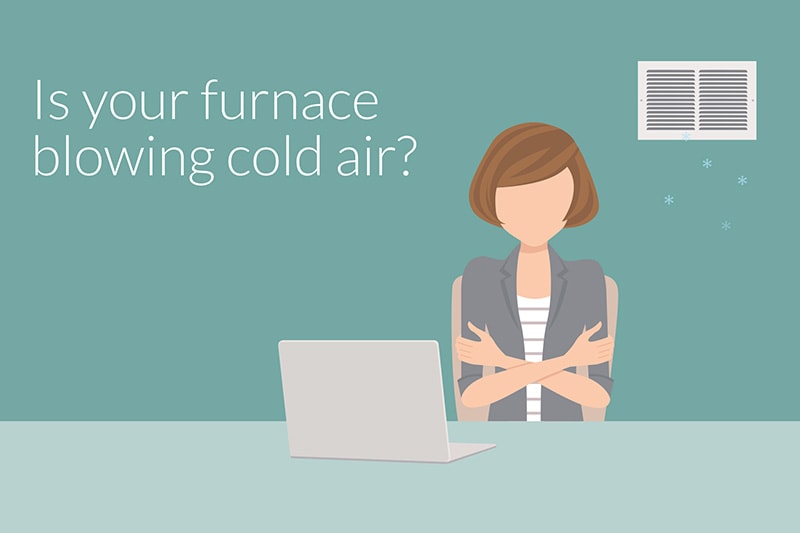News
If your Beaverton home is facing air-quality issues, you may be suffering anything from minor discomfort to significant allergy or health problems.
Continue ReadingWe often hear from Oregon customers who want to understand the risks of carbon monoxide (CO). At Comfort Solutions Heating & Cooling, we’re glad to share as much information as possible about protecting your indoor air quality (IAQ)—especially when it comes to the deadly nature of this silent killer.
Continue ReadingChange the batteries in your smoke and CO detectors when you change your clocks for daylight savings.
Continue ReadingSo, you’re thinking about upgrading your Oregon heating and cooling system. Have you ever heard of dual fuel?
Continue ReadingIs your water heater leaking? Here’s what you need to do: First, find the location of the leak. This will be helpful for you and your service technician.
Continue ReadingHomeowners generally favor heat pumps for their efficiency. However, a number of common issues can cause them to run very inefficiently.
Continue ReadingIs your home always uncomfortable either upstairs and down? You should consider zoning your home!
Continue ReadingOur team at Comfort Solutions Heating & Cooling regularly gets calls about frozen heat pumps. Though common, a heat pump freeze-up usually means your system’s components are not working correctly. Sometimes you can fix it yourself. But oftentimes, you will need to call a heating, ventilation, and air conditioning (HVAC) professional, like us, as the problem may require a part replacement or complex repair.
Continue ReadingThere are a few things to check in your home in the case that your furnace is blowing cold air, such as your thermostat settings, air filter, and your home’s ductwork. If you can’t figure out the issue, give us a call and we will inspect your furnace.
Continue ReadingFurnaces are available in many shapes, sizes, and price points. The best choice will come down to your home’s size and heating needs. To find the perfect fit, schedule a preliminary visit with one of our Comfort Solutions Heating & Cooling specialists.
Continue ReadingNeed HVAC Service?
Contact the experts at Comfort Solutions Heating & Cooling.
Call us at (503) 698-2665!




